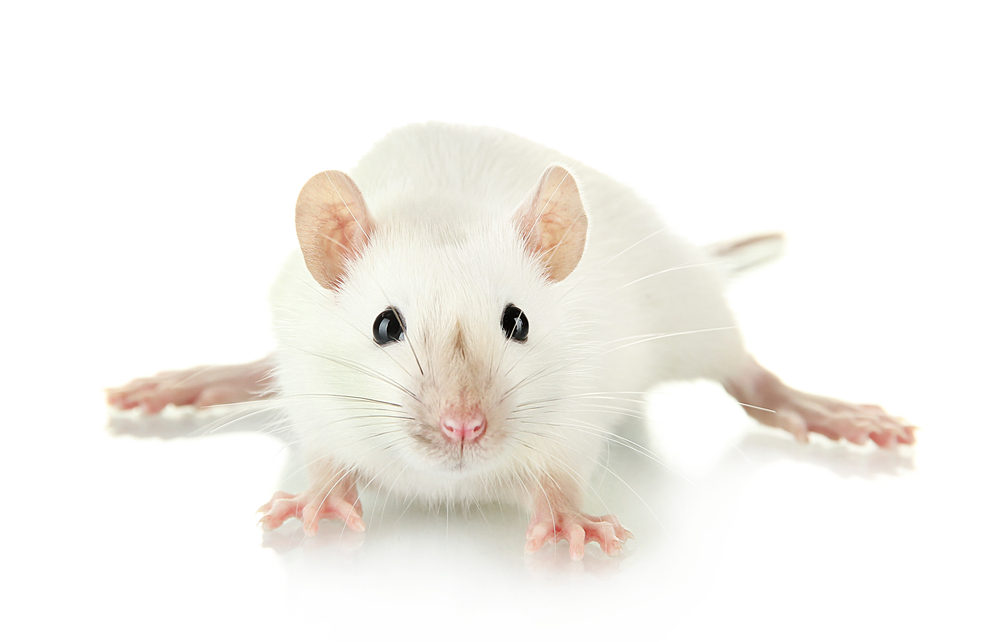Detailed Analysis of Gaucher Disease Mouse Model Could Help in Development of New Therapies

Researchers from Cincinnati Children’s Hospital Medical Center in Ohio described in detail the brain and behavioral abnormalities of a mouse model of chronic neuronopathic Gaucher disease. This valuable information can be used for future experimental designs to evaluate novel therapies for the disease.
The team of researchers, led by Dr. Dao Pan, published their findings in the scientific journal Plos One in a report titled “Progression of Behavioral and CNS Deficits in a Viable Murine Model of Chronic Neuronopathic Gaucher Disease.”
Gaucher disease is a genetic condition characterized by the progressive accumulation of molecules called glucoceramide and glucosylsphingosine in cells and certain organs. This affects normal cell function and promotes disease progression in the internal organs and the central nervous system.
The researchers reported that these molecules were observed in the brains of the mice as early as six months old for glucoceramide and three months old for glucosylsphingosine. They then conducted experiments to assess how this accumulation affected the behavior of the animals.
They reported that, in an open-field test, nine-month-old mice with neuronopathic Gaucher disease displayed significantly less environmental habituation and spent more time exploring the open field than age-matched control animals, indicating they had short-term spatial memory deficits.
The researchers then carried out a marble burying test, which measures the instinctive anxiety behavior of the animals. They saw that three-month-old Gaucher mice started burying much earlier than the control animals. Also, the female mice buried significantly more marbles than the control group, suggesting an abnormal response to the instinctive behavior and an abnormal activity in anxiety-like behavior.
Finally, the researchers conducted a conditional fear test, which is a measure of memory. A characteristic fear response in rodents is freezing upon re-hearing a noise (auditory-cued) or being placed in the same environment (contextual fear), which they associate with pain such as a foot shock. Both behaviors are dependent on the integrity of the hippocampus.
The researchers saw that the mice with Gaucher disease showed less response to auditory-cued fear compared to control animals. Interestingly, only male mice showed a significant decrease in response to contextual fear. They concluded that the mice had hippocampus-related emotional memory defects.
When they analyzed the gait, or the limb movement patterns of the animals, the researchers saw that the Gaucher mice had an abnormal gait, where they were opening their front and hind paws wider and taking longer strides. These behaviors emerged at different ages and showed differences between genders.
Finally, the liver- and spleen-to-body weight ratios were significantly higher in the experimental mice with different ages of onsets.
“These data provide temporal evaluation of neurobehavioral dysfunctions and brain pathology in [mutant] mice that can be used for experimental designs to evaluate novel therapies for neuronopathic Gaucher disease,” the authors concluded.



